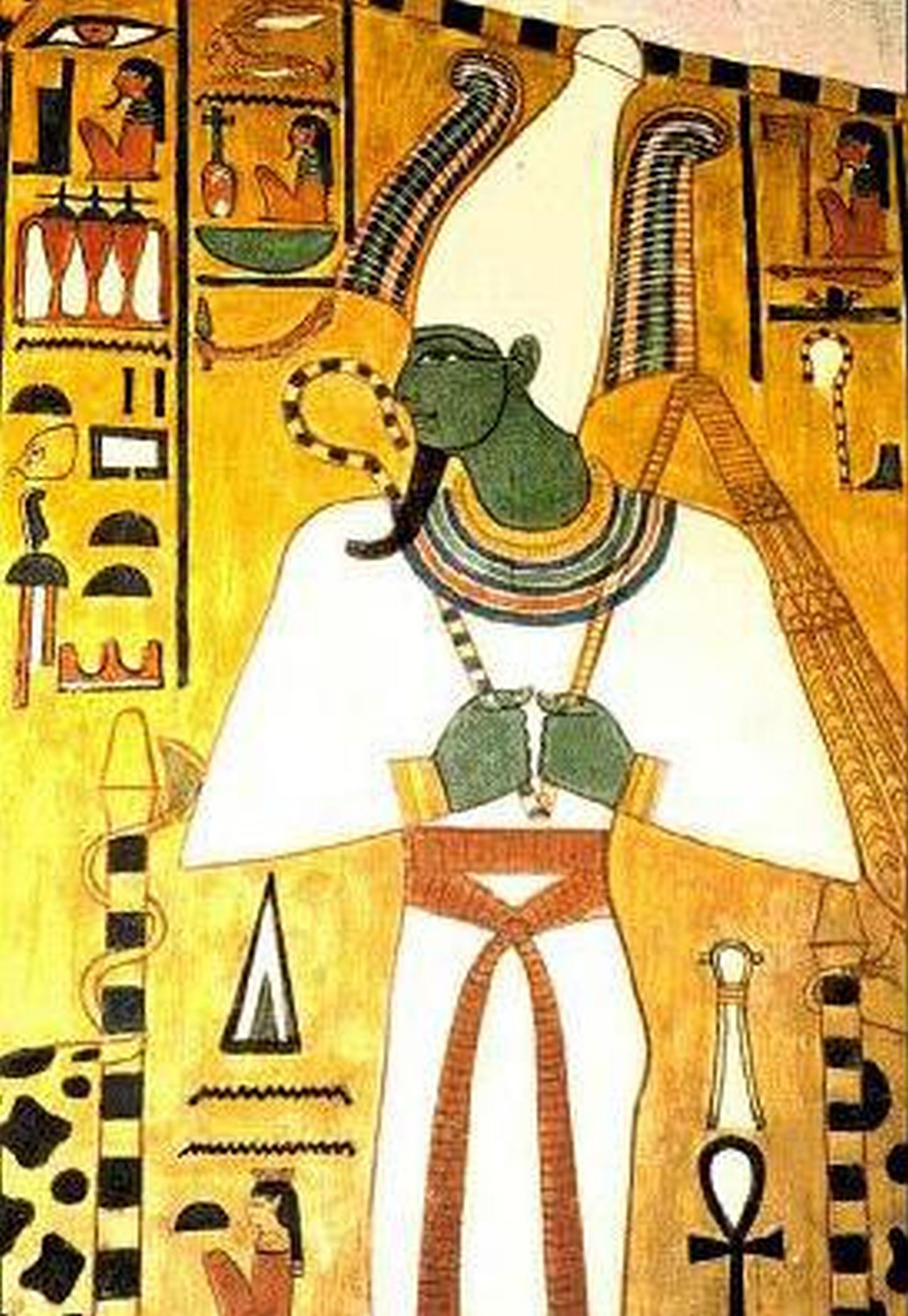For this project Mr. Rothemich asked us to take three pictures. Each picture shows one of the major innovations of the Neolithic Age. Each picture has a paragraph explaining how humans moved forward from the Paleolithic Age (Old Stone Age) to the Neolithic Age (New Stone Age). The dividing line between the two stone ages is the invention of farming. During the Paleolithic Age all food had to be either hunted or gathered. After the invention of farming people could begin raising plants and animals for food and for other resources that they needed.
Picture # 1 Domestication of Plants: My Bread & Class Lettuce
Question: Explain how and why humans began domesticating plants during the agricultural revolution. What are the advantages to humans?
We do not know how and why the first plants were domesticated. Some historians theorize that people accidentally began farming by caring for wild plants that they gathered from, clearing away other competing plants. It may also have been due to accidentally dropping seeds near camp, and sticking around long enough to observe the plant life cycle. However domestication happened our oldest evidence for plant domestication dates back to around 10,000 BC in the middle east. The ancient peoples of the middle east domesticated wheat and barley. These crops proved extremely helpful to early farmers as each seed planted provided many more seeds when the plant matured and the seed or grain was harvested. These seeds could be kept for years allowing food surpluses. Surplus food could be saved for years when harvests were poor. Eventually farmers got so good at creating food surpluses from plants like wheat, rice, and corn that some people could stop farming and specialize in other things like pottery, brick making, and soldiering. Food surpluses would eventually be a major contributor to the rise of civilizations. Wheat domesticated in the middle east thousands of years ago has spread all over the planet and is used to make bread and many other foods we enjoy today.
Picture # 2 Domestication of Animals: Guppies
Question: Explain how and why humans began domesticating animals during the agricultural revolution. What are the advantages to humans?
* Note to students, guppies are a domesticated fish by the strict definition of domestication, but you could probably come up with better picture examples of animals that have helped humans more.
Picture # 3 Metallurgy: Allen Key
 |
| Metal Allen Key |
Question: Explain how and why humans began using metal tools. What are the advantages of metal tools for humans?
My Sources:
6th Grade Social Studies Agricultural Revolution
Domestication Facts for Kids
Discovery of Metals
Book: Guns, Germs, and Steel: by Jared Diamond
Mankind the Story of Us: Birth of Farming: History
"Liquid Fire" to Metal Sword in minutes! - A History of Ancient Britain - Ep4 - Preview - BBC Two
_(Vall%C3%A9e_des_Rois_Th%C3%A8bes_ouest)_-4.jpg)









.jpg)